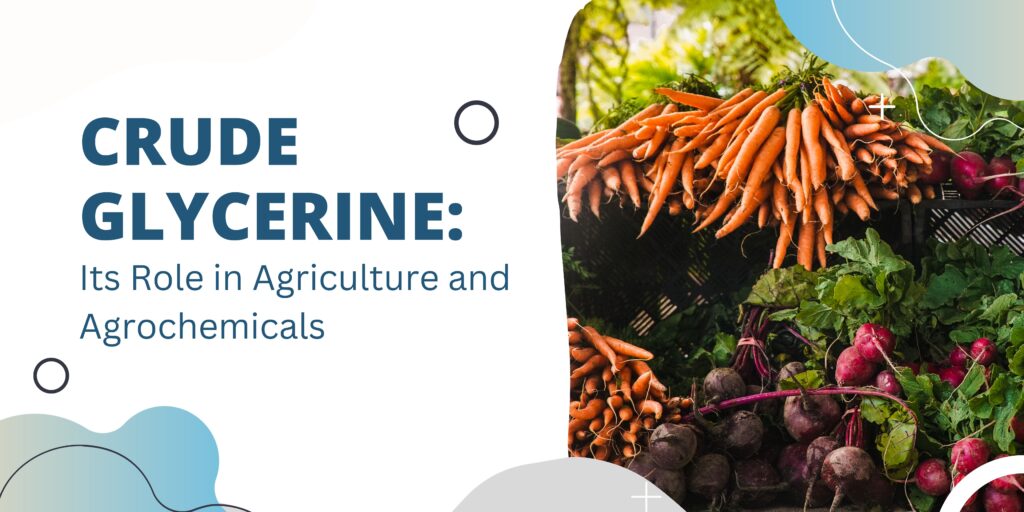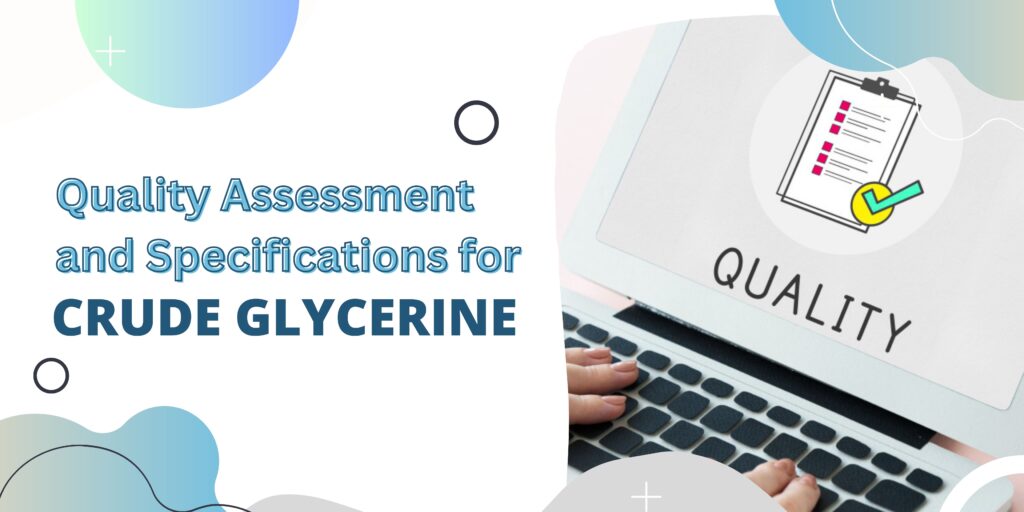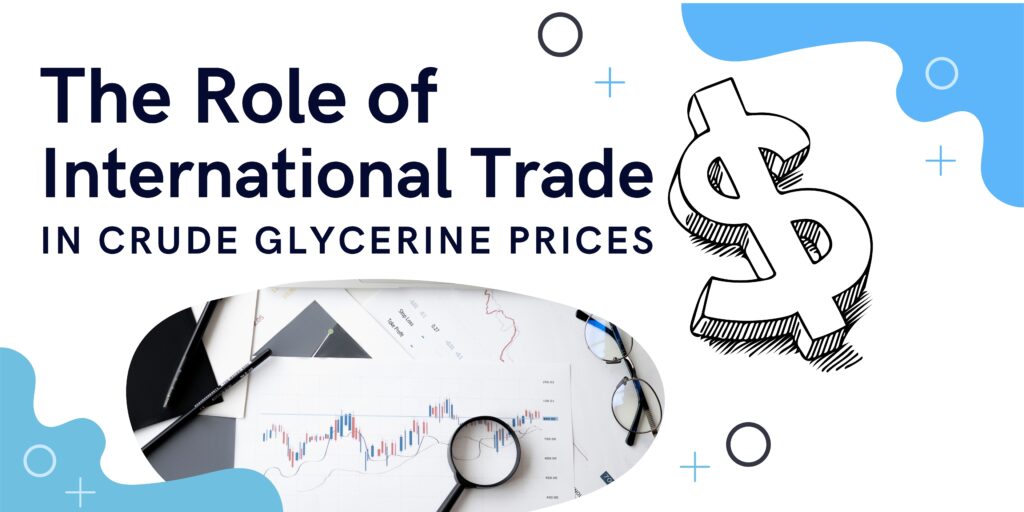
Crude glycerine, a byproduct of biodiesel production, is gaining significant attention for its potential applications across diverse industries. Among these, the agricultural sector is emerging as a promising arena for utilizing crude glycerine. This article delves into the role of crude glycerine in agriculture and agrochemicals, exploring its benefits, applications, and the potential it holds for sustainable agricultural practices.
Composition and Properties of Crude Glycerine
Crude glycerine primarily consists of glycerol (about 70-85%), a trihydric alcohol. Alongside glycerol, it contains water, methanol, fatty acids, soaps, and other impurities. These impurities are a result of the biodiesel production process, specifically transesterification, where fats and oils are converted into biodiesel and crude glycerine. The crude form of glycerine is typically brownish in color due to the presence of these impurities.
The properties of crude glycerine make it a valuable substance for various applications. Its high viscosity, a result of its molecular structure and impurities, allows it to act as a thickener in many formulations. Moreover, crude glycerine is highly hygroscopic, meaning it has a strong affinity for water, which makes it useful in applications where moisture retention is crucial. Additionally, its solubility in water allows for easy integration into different formulations and applications.
Benefits of Crude Glycerine in Agriculture
1. Soil Conditioner and Nutrient EnhancerCrude glycerine’s potential as a soil conditioner stems from its organic nature. When applied to the soil, it helps in improving soil structure by breaking down compacted soil, allowing better root penetration and water infiltration. Its high organic carbon content acts as an energy source for soil microorganisms, stimulating their growth and enhancing nutrient cycling in the soil. Moreover, glycerine has a neutral pH, which helps in maintaining a suitable soil pH level, crucial for nutrient availability to plants.
2. Biopesticide Carrier
Glycerine serves as an excellent carrier for biopesticides. When used in combination with biopesticides, it aids in the even distribution and effective application of these natural pest control agents. This can enhance the biopesticides’ efficiency, providing a more sustainable and eco-friendly approach to pest management.
3. Seed Coating
Coating seeds with a glycerine-based solution can have multiple benefits. It can enhance germination rates, promote early plant growth, and improve stress tolerance in the early stages of plant development. The glycerine coating provides a protective layer to the seeds, aiding in moisture retention and protecting them from adverse environmental conditions.
4. Drought Mitigation
The hygroscopic nature of glycerine is particularly advantageous in arid or drought-prone regions. When applied to the soil, glycerine can help in moisture retention, reducing the impact of drought stress on plants. This characteristic is crucial for maintaining plant health and productivity during dry spells.
Applications in Agrochemicals
1. Formulation of Herbicides and Fungicides
Crude glycerine finds application in the formulation of herbicides and fungicides, enhancing their efficacy and stability. Its properties, such as high viscosity and solubility, contribute to the formulation’s overall effectiveness by ensuring a consistent and well-dispersed product. Additionally, glycerine can act as a surfactant, aiding in better adherence of the formulation to plant surfaces.
2. Adjuvant in Pesticide Formulations
Glycerine can serve as an effective adjuvant in pesticide formulations. Adjuvants are substances added to pesticide formulations to improve their performance and increase their effectiveness. Glycerine can enhance the spreading and wetting properties of the pesticide, ensuring better coverage on plant surfaces and improving overall efficacy.
3. Biofertilizer Enhancer
Incorporating glycerine into biofertilizers can boost their effectiveness. Glycerine provides a source of energy and nutrients for beneficial microorganisms present in biofertilizers, promoting their growth and activity in the soil. This, in turn, enhances the nutrient availability to plants and supports their healthy growth.
Environmental Sustainability
Waste Valorization and Circular EconomyOne of the significant advantages of utilizing crude glycerine in agriculture is waste valorization. By repurposing a biodiesel byproduct that would otherwise require proper disposal, the agricultural sector contributes to a circular economy. This sustainable approach aligns with modern waste management principles and promotes efficient resource utilization.
Reduced Environmental Impact
Using crude glycerine in agrochemical formulations can potentially lead to a reduced environmental impact compared to traditional chemical formulations. Glycerine’s natural properties and biodegradability can contribute to more eco-friendly agricultural practices, aligning with the growing global focus on sustainability and environmental consciousness.
Challenges and Future Outlook
Purity and StandardizationThe impurity levels in crude glycerine can vary, posing a challenge in its use for agricultural applications. Standardization of crude glycerine to meet specific purity standards and the development of purification techniques are essential steps in ensuring its efficacy and safety in various agricultural applications.
Research and Development
Continued research is crucial to optimize the use of crude glycerine in agriculture and agrochemicals. This includes studying its interactions with different soils, crops, and agrochemicals to determine the best application methods and concentrations for maximum benefit. Moreover, research should focus on improving purification techniques and developing new formulations to fully realize the potential of crude glycerine in the agricultural sector.
Conclusion
Crude glycerine, as a biodiesel byproduct, offers a range of opportunities to revolutionize sustainable agriculture. Its diverse applications, including soil conditioning, seed coating, and pesticide formulation, showcase its versatility and potential to enhance agricultural productivity. Additionally, incorporating crude glycerine into agrochemicals can contribute to reducing the environmental footprint of conventional agricultural practices. However, addressing purity issues and investing in further research and development are essential steps to unlock the full potential of crude glycerine in promoting sustainable and environmentally friendly agricultural practices. By embracing crude glycerine, the agricultural sector can play a significant role in a more sustainable and eco-conscious future.




